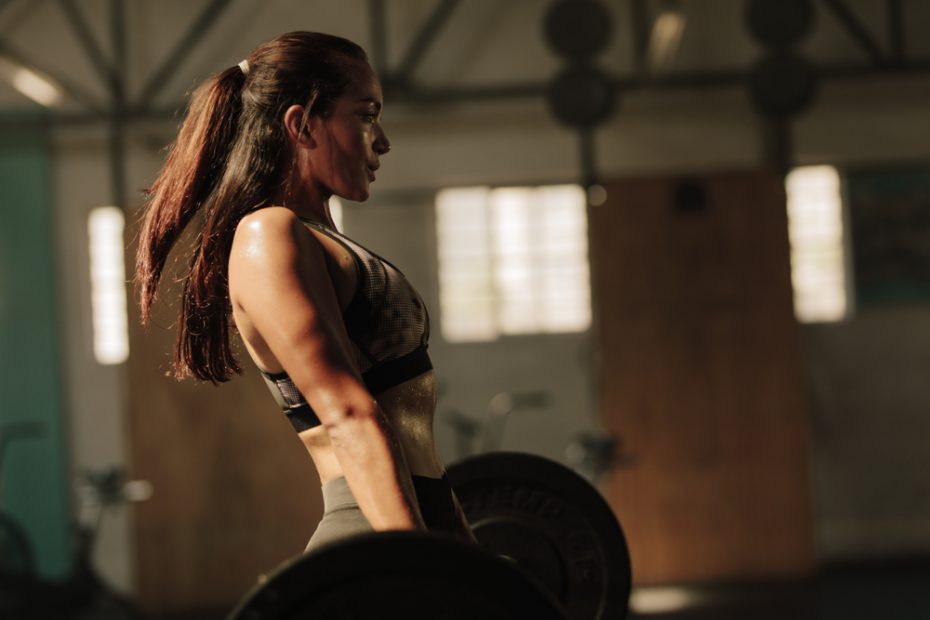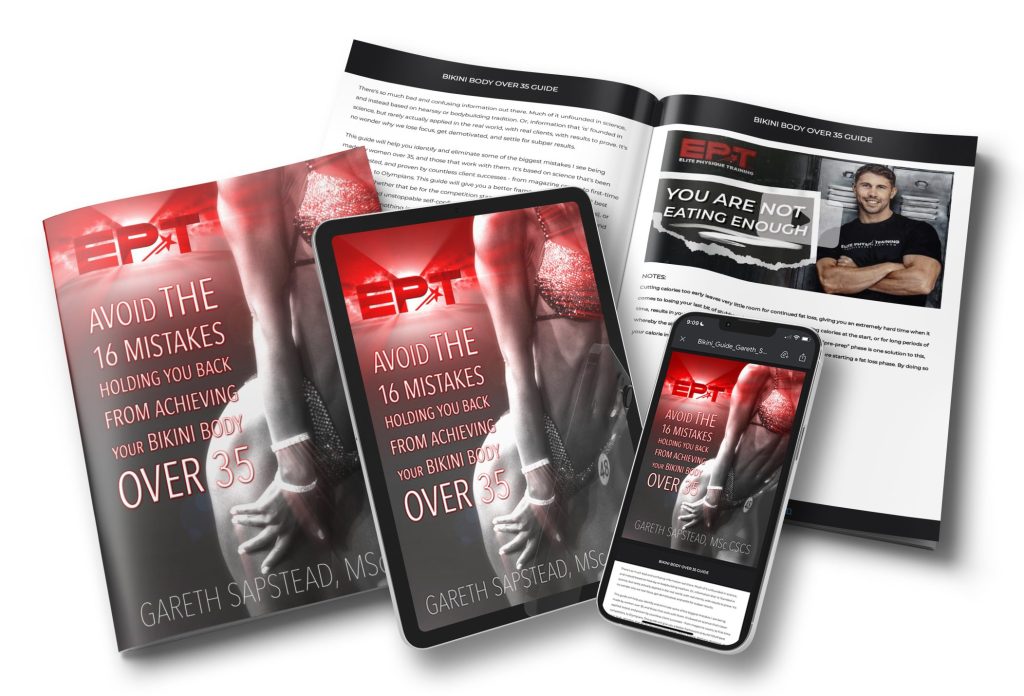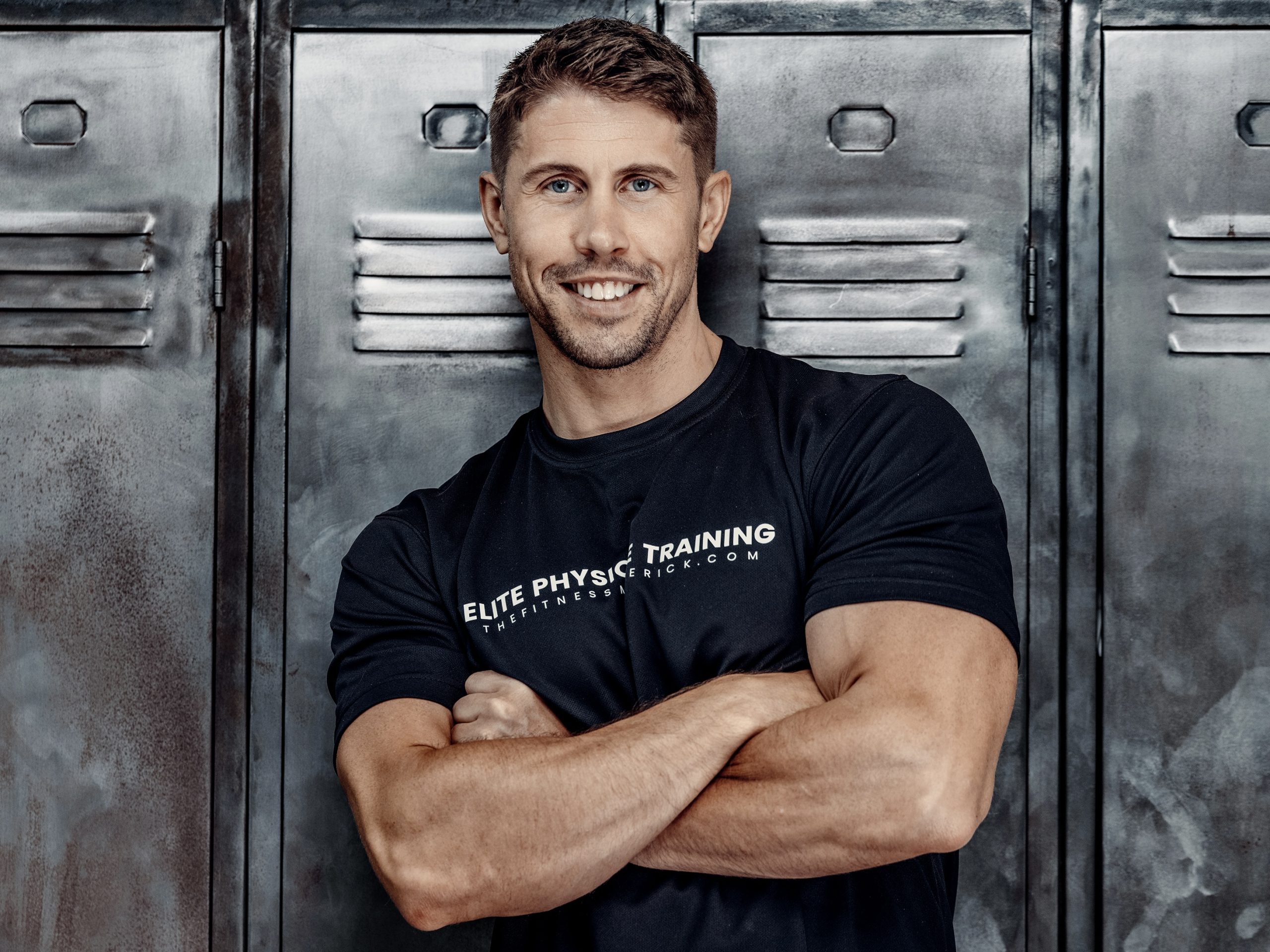Volume is the total amount of work performed in an individual workout or entire week. When you say that you completed 6 sets of hamstrings in your workout, you’re referring to the total volume of hamstrings work. Studies have shown a linear relationship between muscle growth and increasing the number of sets per muscle group up to about 10 sets per week (Schoenfeld, Ogborn, and Krieger 2016). In other words, doing 10 sets is better than 6 sets, which is better than 3 sets. However beyond about 10 sets, muscle growth doesn’t seem to continue responding in a linear way. They continue, but they begin to level off until they reach a plateau at around 20 sets per week. Although there’s more to it than this, and I wouldn’t necessarily suggest 20 sets as being something you should aim for.
How many workouts your sets are spread out over don’t seem to make too much of a difference, either. For example, 20 sets per week of shoulders could be spread out over one single workout (20 sets), 2 (with 10 and 10 sets) or 3 workouts (with 7, 7 and 6 sets) and not really impact progress. All other factors being equal.
Individual differences
Individual differences in optimal volume also exist because of genetic and lifestyle factors. As well as certain drugs influencing how much volume your body can recover and effectively adapt from. While one person might achieve the best results at 22 sets per muscle per week, another may require just 8. In a recent study, participants were split into two groups. In the first group, volume was prescribed to subjects based on the average used in 20 other studies. In this nonindividualized approach, the members of this group each performed the same total volume. In the second group, members were prescribed a volume based on the number of weekly sets they typically completed in their own training. The second training group took a more individualized approach to volume prescription. The results showed that individualized volume led to larger gains than the more generic volume prescribed to the first group (Scarpelli et al. 2020).
This video explains some of my general thoughts on training volume, and specifically aimed at those who think more is always better.
Sets per week recommendations
There’s a sweet spot where too little will have you seeing very little progress, while too much can equally slow your progress, and be even more frustrating because you’re spending more time than most in the gym without much more to show. A good general recommendation is to perform 10 to 20 sets per muscle group per week (Schoenfeld and Grgic 2017). This will vary depending n what phase of training you’re in, as something like a high-frequency specialization phase might have you performing even more for a certain muscle group, with fewer on others. As one example.
You should be willing to experiment with yourself, as well as with different numbers of sets with each muscle group. From real-world experience it seems that certain muscles respond well to a higher number of sets, while some require fewer sets. The best way to understand more about how your own body responds is to keep a detailed training log and assess how your workouts progress over time. You should also monitor things such as your energy levels, sleep, and motivation. Then, adjust your volume based on the feedback that you’re getting.
Avoid THE 16 Mistakes Holding You Back from achieving Your Bikini Body Over 35! Access your FREE Guide HERE.
- Schoenfeld, B.J., D. Ogborn, and J.W. Krieger. 2016. “Dose-Response Relationship Between Weekly Resistance Training Volume and Increases in Muscle Mass: A System- atic Review and Meta-Analysis. Journal of Sports Sciences 35(11): 1-10
- Scarpelli, M.C., S.R. Nóbrega, N. Santanielo, L.F. Alvarez, G.B. Otoboni, C. Ugrinow- itsch, and C.A. Libardi. 2020. “Muscle Hypertrophy Response Is Affected by Previous Resistance Training Volume in Trained Individuals.” Journal of Strength and Con- ditioning Research, volume publish ahead of print.
- Schoenfeld, B.J., and J. Grgic. 2017. “Evidence-Based Guidelines for Resistance Train- ing Volume to Maximize Muscle Hypertrophy.” Strength and Conditioning Journal 40(4): 1.


